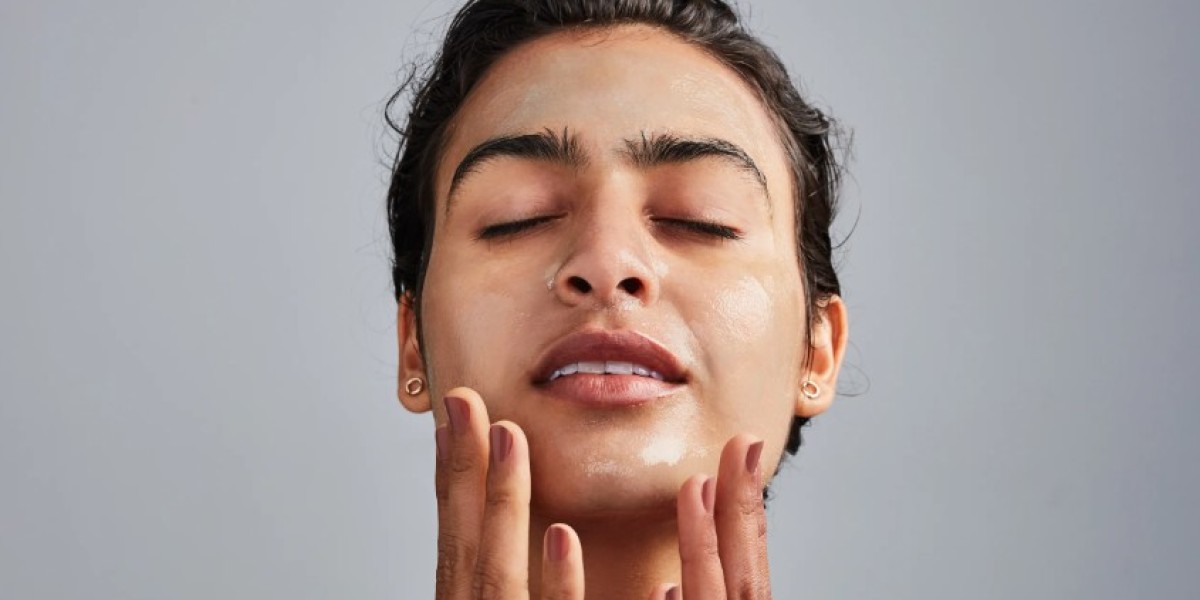Dark spots, also known as hyperpigmentation, can appear due to a variety of reasons, including sun exposure, acne scars, aging, and hormonal changes. While they’re generally harmless, dark spots can be stubborn and challenging to fade. Here’s your comprehensive guide to understanding and treating dark spots, with a range of effective solutions that cater to different skin types and concerns.
1. Understanding Dark Spots and Hyperpigmentation
Hyperpigmentation occurs when your skin produces more melanin in certain areas, leading to spots that are darker than your natural skin tone. Common causes include:
- Sun Exposure: UV rays stimulate melanin production, leading to sun spots or age spots.
- Post-Inflammatory Hyperpigmentation (PIH): Spots that appear after skin inflammation, such as acne or injury.
- Melasma: Often triggered by hormonal changes, resulting in patches of darker skin, especially on the face.
- Aging: With age, the skin becomes more prone to hyperpigmentation due to cumulative sun exposure and changes in skin health.
2. Preventing Dark Spots
Preventing dark spots is crucial, especially if you’re prone to pigmentation. Here are some preventive measures to keep in mind:
- Daily Sunscreen: Broad-spectrum sunscreen with SPF 30 or higher is essential to protect skin from harmful UV rays, which can worsen dark spots and create new ones.
- Protective Clothing: Hats, sunglasses, and long sleeves provide an additional barrier against the sun.
- Limit Picking at Skin: Avoid picking at acne or other skin injuries, as this can lead to post-inflammatory hyperpigmentation.
- Antioxidant Use: Serums with Vitamin C or other antioxidants help neutralize free radicals that can damage the skin and lead to dark spots.
3. Topical Treatments for Dark Spots
Topical treatments are often the first line of defense against dark spots, providing effective results with consistent use. Here’s a breakdown of key ingredients and how they work:
a. Vitamin C
Vitamin C is a potent antioxidant that brightens the skin and inhibits melanin production.
- How It Works: Vitamin C blocks the enzyme tyrosinase, which helps produce melanin.
- Application Tips: Use a Vitamin C serum in the morning before applying sunscreen. It can help protect the skin from sun damage and brighten existing dark spots.
b. Retinoids
Retinoids, including retinol (over-the-counter) and tretinoin (prescription), promote cell turnover, helping to fade dark spots and improve skin texture.
- How It Works: Retinoids stimulate new cell production and collagen, pushing pigmented cells to the surface to be shed.
- Application Tips: Apply at night to avoid photosensitivity, and start with a low concentration to minimize irritation. Follow up with sunscreen during the day.
c. Hydroquinone
Hydroquinone is a strong skin-lightening agent that works directly to reduce melanin production, making it highly effective for dark spots.
- How It Works: Hydroquinone inhibits tyrosinase, effectively reducing melanin and lightening dark spots.
- Application Tips: Hydroquinone is available in 2% (OTC) and 4% (prescription) strengths. Use short-term (typically 3-4 months) to avoid skin irritation.
d. Azelaic Acid
Azelaic acid is an anti-inflammatory ingredient that brightens the skin and is effective against dark spots, especially post-inflammatory hyperpigmentation.
- How It Works: It inhibits melanin production and reduces inflammation.
- Application Tips: Suitable for sensitive skin, it can be used both morning and night. Pair with sunscreen if used during the day.
e. Kojic Acid
Kojic acid is derived from fungi and effectively lightens pigmentation with consistent use.
- How It Works: Kojic acid blocks tyrosinase, preventing melanin production.
- Application Tips: It’s gentle enough for regular use but may cause mild irritation if used in high concentrations.
4. At-Home Exfoliation
Regular exfoliation removes dead skin cells and pigmented cells, helping to fade dark spots over time. Here are some effective exfoliating options:
a. Alpha Hydroxy Acids (AHAs)
AHAs like glycolic and lactic acids exfoliate the skin’s surface, promoting cell turnover and lightening dark spots.
- How It Works: AHAs dissolve the “glue” holding dead skin cells, revealing fresher skin underneath.
- Application Tips: Use AHAs once or twice a week, depending on skin tolerance. Follow with sunscreen, as exfoliation makes the skin more sun-sensitive.
b. Beta Hydroxy Acid (BHA)
BHAs like salicylic acid are oil-soluble and can penetrate pores, making them great for oily or acne-prone skin types.
- How It Works: Salicylic acid clears out pores and removes dead skin cells, preventing post-acne dark spots.
- Application Tips: Use 1-2 times a week on oily areas prone to breakouts and dark spots. Sunscreen is essential when using BHAs.
c. Enzyme Exfoliants
Derived from natural sources like papaya and pineapple, enzyme exfoliants are gentle and suitable for sensitive skin types.
- How It Works: Enzymes break down dead skin cells, helping to reveal fresher skin.
- Application Tips: Use weekly for gentle exfoliation. These are mild but effective for maintaining even skin tone.
5. Professional Treatments for Dark Spots
For stubborn dark spots that don’t respond to at-home treatments, professional treatments offer a more intensive approach:
a. Chemical Peels
Chemical peels use acids to exfoliate and peel off the top layer of skin, promoting cell turnover and revealing new skin underneath.
- Types: Superficial peels (e.g., glycolic or lactic acid) are effective for mild dark spots, while medium-depth peels (e.g., TCA) target deeper pigmentation.
- Recovery: Mild peels require minimal downtime, while deeper peels may require a week or more for recovery.
b. Laser Treatments
Laser treatments like Fraxel or Q-Switched lasers break down pigmentation and target specific areas for dark spot removal.
- How It Works: Laser energy targets and breaks down melanin, which the body then removes naturally.
- Ideal For: Suitable for deep pigmentation, sun damage, and persistent dark spots. Consult a dermatologist, as laser treatments can sometimes cause hyperpigmentation in darker skin tones.
c. Microdermabrasion
Microdermabrasion gently exfoliates the skin’s surface, improving texture and reducing pigmentation.
- How It Works: It removes the top layer of dead skin cells, promoting new skin growth and improving uneven tone.
- Ideal For: Mild dark spots and improving overall skin brightness. Recovery time is minimal.
d. Microneedling
Microneedling uses tiny needles to create micro-injuries in the skin, which stimulate collagen production and can help reduce pigmentation over time.
- How It Works: Microneedling promotes healing and cellular turnover, which can reduce the appearance of dark spots.
- Ideal For: Post-inflammatory hyperpigmentation and acne scars. Downtime is minimal, but sunscreen is essential afterward.
6. Natural Remedies for Mild Dark Spots
If you prefer a natural approach, certain home remedies may help fade mild dark spots over time:
- Aloe Vera: Contains aloin, a compound with skin-brightening effects. Apply fresh aloe vera gel to dark spots before bed.
- Green Tea Extract: Rich in antioxidants, green tea helps reduce inflammation and may lighten pigmentation. Use cooled green tea as a toner.
- Apple Cider Vinegar: Contains acetic acid, which can help lighten pigmentation. Dilute with water and apply to dark spots, but patch-test first to avoid irritation.
7. Consistency and Patience
Dark spots can take time to fade, and results vary depending on the treatment and severity of pigmentation. Here are some final tips to keep in mind:
- Consistency: Apply topical treatments daily or as directed, and avoid skipping sunscreen.
- Patience: It may take several weeks to a few months to see visible improvements, especially with stubborn dark spots.
- Consult a Professional: For persistent or severe hyperpigmentation, see a dermatologist for personalized advice and treatment options.
Final Thoughts
Getting rid of dark spots requires a combination of prevention, targeted treatments, and patience. With the right skincare routine, preventive measures, and consistent application of effective ingredients, you can fade dark spots and achieve a more even skin tone. Don’t forget that sun protection is key to preventing future pigmentation, so always prioritize sunscreen as part of your daily routine.







